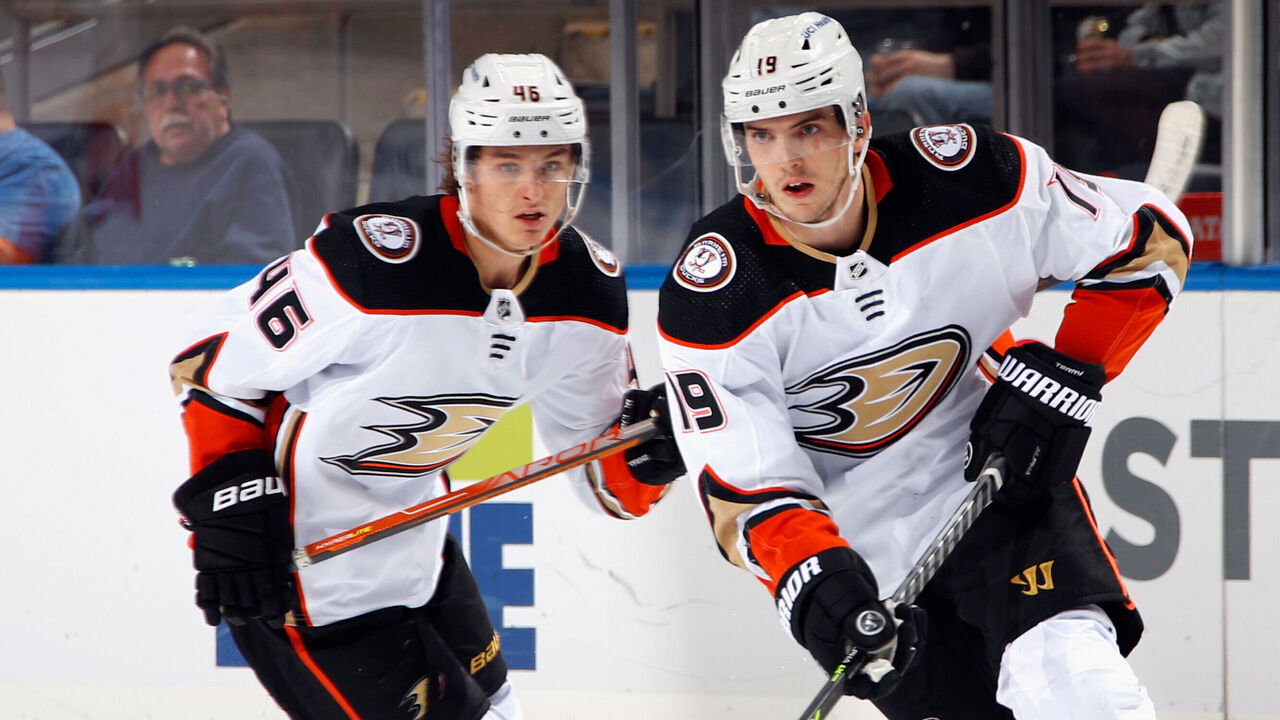The initial whirlwind of the NHL offseason – the draft with its fanfare and fresh faces, the opening of free agency with its rapid commitments and notable signings – has settled. For many, the summer feels quiet, a period of relative calm before the storm of training camp descends in September. Yet, beneath the surface of this apparent tranquility, NHL front offices remain engaged in a high-stakes strategic game. The biggest headlines might be behind us, but critical decisions regarding contracts, cap space, and roster composition are still very much in play, defining the true state of each team as autumn approaches.
Beyond the Big Splash: The Enduring Art of Roster Construction
While the unrestricted free agent market quickly thinned out, leaving teams that missed the initial wave scrambling for alternatives, the focus quietly shifts to the restricted free agent (RFA) landscape and looming long-term extensions. This phase is less about adding external pieces and more about solidifying the existing foundation, albeit sometimes with contentious negotiations. Teams like the Anaheim Ducks still need to lock down key young pieces such as goaltender Lukas Dostal and forward Mason McTavish, fresh off a breakout season. Anaheim`s management is noted for a cautious approach, seemingly challenging players to “earn” lucrative long-term deals – a philosophy that can lead to protracted talks but potentially team-friendly outcomes.
The Buffalo Sabres, unfortunately familiar with offseason drama following another playoff miss, face their own RFA headaches. The situation with defenseman Bowen Byram is particularly notable; team-elected arbitration could pave a path to unrestricted free agency down the line, creating a potential trade deadline situation if not resolved long-term. This is compounded by star winger Alex Tuch entering the final year of his deal, another prominent name who will require significant negotiation.
In Calgary, the rebuild continues, but crucial RFA Connor Zary`s extension is a priority. Meanwhile, the Chicago Blackhawks, still centered around the development curve of Connor Bedard, have been notably quiet despite ample cap space. Their focus appears squarely internal, betting on their young core to take significant steps forward rather than pursuing splashy external additions that didn`t materialize.
The Countdown Clock: Big Names Approaching Free Agency
Perhaps the most intriguing storylines of the quiet summer revolve around prominent players entering the final year of their current contracts, making them eligible for extensions but also potential trade candidates if talks stall. These aren`t necessarily impending UFAs *this* summer, but the clock is ticking towards July 1st *next* year.
In Dallas, the spotlight shines brightly on forward Jason Robertson and defenseman Thomas Harley. Both are RFAs next summer but are entering their final years of eligibility for team control before UFA status. Robertson, a former 40-goal scorer, remains a subject of trade speculation, though resolving his long-term future is paramount. The Stars, with limited cap space currently, face a delicate balancing act to fit significant raises for these young stars.
Calgary also watches defenseman Rasmus Andersson, likely in his final year with the team unless an unlikely extension materializes. A trade, if it happens, could occur any time between now and the next deadline, signaling a further shift in the Flames` roster composition. Similarly, the Colorado Avalanche face a decision point with forward Martin Necas, acquired recently and entering his UFA-eligible year. A contending team is hesitant to lose an impactful player for nothing, but an extension requires mutual interest and navigating a rising salary cap landscape.
Even seemingly stable cores have future questions. The Los Angeles Kings, after a mixed reception to their veteran additions this summer, will soon need to address captain Anze Kopitar`s future (nearing the end of his illustrious career) and, more pressingly, star forward Adrian Kempe, who is entering his prime and the final year of his deal, set for a significant pay bump.
Navigating Cap Space and Strategic Shifts
Cap space, or the lack thereof, dictates much of the remaining summer activity. Some teams, like the Florida Panthers, are actively trying to navigate being *over* the cap ceiling. While a potential Evan Rodrigues trade has been discussed, the uncertain recovery timeline for key forward Matthew Tkachuk might necessitate the use of Long-Term Injured Reserve (LTIR) to achieve compliance. For a team fresh off a deep playoff run, this is less about adding and more about operational mechanics.
Conversely, teams with space, like the Anaheim Ducks, Chicago Blackhawks, Columbus Blue Jackets, and Detroit Red Wings, haven`t always translated that flexibility into significant additions. Detroit`s general manager, Steve Yzerman, publicly acknowledged missing out on key free agents and appears committed to a patient “draft and develop” strategy, even as external pressure mounts following a regression in the standings. Columbus, despite reports of attempting big swings at players like Noah Dobson, ultimately made more modest additions after the initial free agency period. Their focus might now shift to addressing needs like goaltending via the trade market, as suggested by their GM.
The “quiet” nature of the summer, therefore, is a matter of perspective. It`s a period dominated by internal evaluations, complex contract arithmetic, the subtle art of negotiation, and the quiet anticipation of future moves driven by necessity or opportunity. While arbitration hearings provide a structured timeline for some RFA cases through early August, the potential for trades involving high-profile players on expiring deals remains a lingering possibility until training camps force teams to finalize their plans. The strategic maneuvering isn`t over; it`s simply moved from the public marketplace to the back channels and boardrooms, where the true shape of the upcoming season is still being refined.

